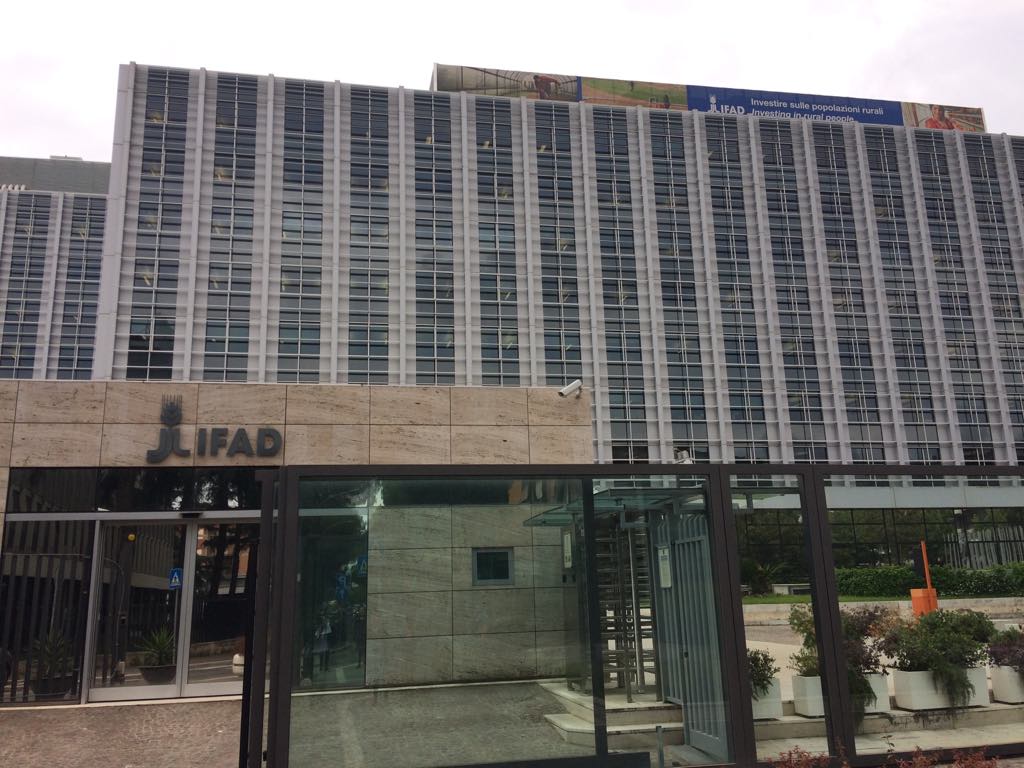Highlights on what a youth-inclusive transformation could entail:
-
-
- Addressing systematic challenges that constrain agricultural productivity growth – in doing so opportunities to engage social groups esp. young people could emerge
- Harnessing and maximizing strengths that young people may bring to the transformation process such as their affinity to use and engage in emerging technologies
- Addressing specific institutional and systematic challenges that limit young people from accessing resources
- Empowering youth to participate in the conversation to shape the solutions that are being addressed, to ensure their vision is integrated in the decision-making process
- The Youth-livelihoods program from the Mastercard foundation highlihgted the holistic approach that is centred on addressing youth challenges while also integrating soft and hard skills and financial literacy.
- Senegal Delegation outlined some funds that have been allocated creating an enabling environment for youth.
-
Watch this interesting discussion on youth-inclusive transformation and what other organisations are doing to engage young people.

